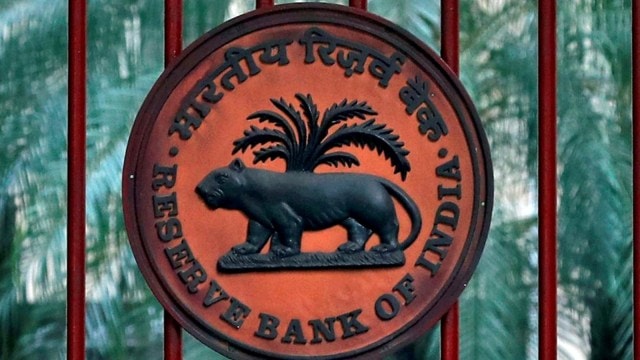RBI introduces Unified Markets Interface to tokenize financial assets using wholesale CBDC
The governor said that there was a need to develop the digital public infrastructure for data integration to widen and deepen financial inclusion.
 “RBI is in the process of introducing standards designed to improve customer on boarding processes, enhance user interfaces, strengthen data security and increase transparency and awareness in consent management and data sharing under the account aggregator framework,” the governor said.
“RBI is in the process of introducing standards designed to improve customer on boarding processes, enhance user interfaces, strengthen data security and increase transparency and awareness in consent management and data sharing under the account aggregator framework,” the governor said.
In a step towards asset tokenisation, Reserve Bank of India (RBI) has developed a Unified Markets Interface (UMI) which is envisioned as new next generation financial market infrastructure, its Governor Sanjay Malhotra said.
Asset tokenization converts real-world assets into digital tokens on blockchain, creating fractional ownership and global trading opportunities. It offers new possibilities for the financial markets in expanding access, improving transparency and enhancing settlement efficiency through smart contracts.
“The Reserve Bank has conceptualized a Unified Markets Interface as a new next generation financial market infrastructure. This interface will have the capability to tokenize financial assets and settlements using wholesale Central Bank Digital Currency (CBDC),” Malhotra said at Global Fintech Fest 2025.
He said that early results from the inaugural pilot has shown an encouraging signs of improving market efficiency.
The governor said that there was a need to develop the digital public infrastructure for data integration to widen and deepen financial inclusion.
“The Account Aggregator (AA) framework is one such endeavor. It is empowering individuals to share their financial data safely with regulated entities,” Malhotra said.
Account Aggregator (AA) is a non-bank finance company (NBFC) engaged in the business of providing the service of retrieving or collecting financial information pertaining to the customer. Entities can enrol themselves on AA framework as Financial Information Provider (FIP), such as banking company, NBFC, asset management company, depository, depository participant, insurance company, insurance repository, pension fund. They can also enrol as Financial Information User (FIU) which is an entity registered with and regulated by any financial sector regulator.
Currently, there are 17 account aggregators, 650 FIUs, 150 FIPs, 160 million accounts being served, and 3.66 billion requests from FIUs.
“RBI is in the process of introducing standards designed to improve customer on boarding processes, enhance user interfaces, strengthen data security and increase transparency and awareness in consent management and data sharing under the account aggregator framework,” the governor said.
The account aggregator framework can help unleash the potential in this area by making available data from the providers to the users. However, its success will depend on two critical things – integrating with more financial information, especially information which is vital for assessing the financial status of an individual, and the interoperability across account aggregators.
Malhotra also launched four new products – artificial intelligence-based UPI HELP – a Small Language Model (SLM); IoT Payments with UPI; Banking Connect – Interoperable Net Banking Solution; and UPI Reserve Pay.
Developed in-house as a SLM trained extensively on payment data, UPI HELP currently supports English, with plans to expand to multiple domestic languages. The platform enables users to check transaction status, raise and track complaints, manage mandates, and provide contextual guidance, improving speed, accuracy, and overall experience.
Banking Connect platform will address long-standing net banking challenges, including cumbersome navigation, fragmented integrations, and inconsistent merchant on boarding, settlement, and dispute resolution processes. By removing these hurdles, customers can transact with greater ease and speed across online merchants using own bank app.
UPI Reserve Pay will enable users to set aside (or block) a part of your credit card/pre sanctioned credit line limit to simplify repeat purchases across e-commerce platforms, food delivery apps, and cab aggregators by creating a seamless and native UPI experience.
- 01
- 02
- 03
- 04
- 05































